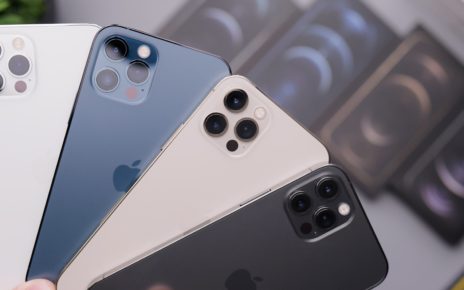The world of technology and the human body are getting closer than ever before. You might have heard about the “Internet of Things,” where everyday objects connect to the internet. But now, there’s something even more advanced called the “Internet of Bodies,” or IoB for short.
IoB is all about merging technology with our bodies, creating a network where our bodies rely on the internet and other technologies like artificial intelligence to function. Sounds like something from a science fiction movie, right? But it’s already happening.
There are three generations of IoB devices. The first includes things like smartwatches and rings that track our movements and health. The second generation goes deeper, with devices implanted or ingested into our bodies, like pacemakers or digital pills. And then there’s the third generation, where devices completely merge with our bodies and stay connected to the internet. Companies like Neuralink, founded by Elon Musk, are working on devices that can read our brain signals and even control external machines.
While IoB devices promise to improve healthcare and make life easier, there are also concerns. Data protection is a big one—these devices can collect a lot of personal information. And then there are ethical questions about who gets access to this technology and who’s responsible for its risks. Despite the challenges, the IoB industry is booming, with the global connected medical device market expected to reach over 132 billion dollars by 2029. It’s an exciting but complex future we’re heading into.
Q&A
Q: What is the Internet of Bodies (IoB)?
A: The Internet of Bodies (IoB) refers to the integration of technology with the human body, allowing for real-time connections between our bodies and external machines or the internet.
Q: How does IoB differ from the Internet of Things (IoT)?
A: While the Internet of Things (IoT) connects inanimate objects to the internet, IoB takes it a step further by connecting technology directly to the human body, either externally or internally.
Q: What are some examples of IoB devices?
A: Examples of IoB devices include smartwatches, fitness trackers, digital pills, implanted pacemakers, and brain-computer interfaces (BCIs) like Neuralink’s “the Link.”
Q: What are the potential benefits of IoB?
A: IoB devices have the potential to improve healthcare outcomes, enhance body cognition and function, and provide cost savings for individuals and corporations. They can also offer personalized monitoring and treatment options.
Q: What are the main concerns surrounding IoB?
A: Concerns include data privacy and security, ethical implications such as inequality in access to technology, risks of dependency and addiction, and questions about autonomy and self-governance.
Q: How are IoB devices regulated?
A: While some IoB devices are regulated by agencies like the FDA in the U.S., others fall into a regulatory gray area. Existing laws related to data protection and healthcare privacy may apply, but comprehensive regulation specific to IoB is still evolving.





